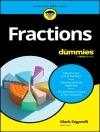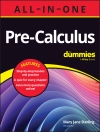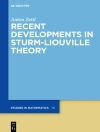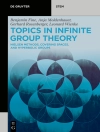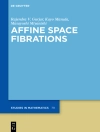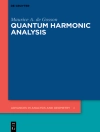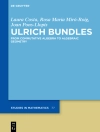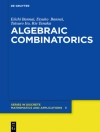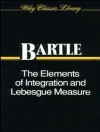This book brings together carefully selected, peer-reviewed works on mathematical biology presented at the BIOMAT International Symposium on Mathematical and Computational Biology, which was held at the Institute of Numerical Mathematics, Russian Academy of Sciences, in October 2017, in Moscow. Topics covered include, but are not limited to, the evolution of spatial patterns on metapopulations, problems related to cardiovascular diseases and modeled by boundary control techniques in hemodynamics, algebraic modeling of the genetic code, and multi-step biochemical pathways. Also, new results are presented on topics like pattern recognition of probability distribution of amino acids, somitogenesis through reaction-diffusion models, mathematical modeling of infectious diseases, and many others. Experts, scientific practitioners, graduate students and professionals working in various interdisciplinary fields will find this book a rich resource for research and applications alike.
表中的内容
Chapter 01- Evolution of Spatial Patterns in Host-Parasitoid Metapopulation.- Chapter 02- Dark States in Quantum Photosynthesis.- Chapter 03- Boundary Control Problems in Hemodynamics.- Chapter 04-Segmentation Techniques for Cardiovascular Modeling.- Chapter 05- Dynamics of an Infectious Disease including Ectoparasites, Rodents and Humans.- Chapter 06- P-Adic Side of the Genetic Code and the Genome.- Chapter 07- Towards a Thermodynamical Approach to the Structure of Protein Databases.- Chapter 08- Why is Evolution important in Cancer and What Mathematics should be used to treat Cancer? Focus on Drug Resistance.- Chapter 09- Optimal Resource Allocation for HIV Prevention and Control.- Chapter 10- The Inverse Magnetoencephalography Problem and its Flat Approximation.- Chapter 11- Reaction-Diffusion Equations with Density Dependent Diffusion.- Chapter 12- A Plankton-Nutrient Model with Holling Type III Response Function.- Chapter 13- Modeling the Endophytic Fungus Epicoccum Nigrum Action to fight the ‘Olive Knot’ Disease caused by Pseudomonas savastanoi PV savastanoi (PSV) Bacteria in Olea Europea L. Trees.- Chapter 14- Numerical Method of Transcranial Ultrasound.- Chapter 15- On the Dynamic Consistency of some discrete Predator-Prey models.- Chapter 16- Frequent Temporal Pattern Mining with Extended Lists.- Chapter 17- Unravelling the Sensitivity of two Motif Structures under Random Perturbation.- Chapter 18- Modelling the adaptive immune response in HIV infection with three saturated rates and therapy.- Chapter 19- Numerical Study on Biological Tissue freezing using Dual Phase Lag Bio-Heat Equation.- Chapter 20- Computational Modelling of Multiple Stenoses in Carotid and Vertebral Arteries.- Chapter 21- Delay Induced Oscillations in a Dynamical Model for Infectious Disease.- Chapter 22- Pressure Gradient influence on Global Lymph Flow.- Chapter 23- Blood Flows in Vascular Networks: Numerical Results Vs. Experimental Data.- Chapter 24- Optimization of Combined Antitumor Chemoterapy with Bevacizumab by means of Mathematical Modeling.- Chapter 25- Math Model of the Passage of a Diffusible Indicator throughout Microcirculation based on a Stochastic description of Diffusion and Flow.- Chapter 26- Influence of External Factors on Inter-City Influenza spread in Rusia: A Modeling Approach.- Chapter 27- Two Views of the Protein Folding Puzzle.
关于作者
Rubem P. Mondaini is President of the BIOMAT Consortium/International Institute for Interdisciplinary Sciences and a Full Professor of Mathematical Biology and Biological Physics at the Federal University of Rio de Janeiro, Brazil. He holds a Ph D in Theoretical Physics from the Brazilian Centre for Physical Research, Brazil. Among his research activities abroad are a period as a Visiting Scientist at the International Centre for Theoretical Physics (ICTP), Trieste, Italy (1978) and a Senior Postdoc at the Department of Mathematics of the King’s College, University of London, UK (1986). He was also a Visiting Professor at the Centre of Physics of Condensed Matter, Lisbon, Portugal (1986) and at the Department of Chemical Engineering of Princeton University (2008). He has been the Chairman of the Annual BIOMAT Conferences since their inception during the BIOMAT 2001 Symposium in Rio de Janeiro, Brazil.


